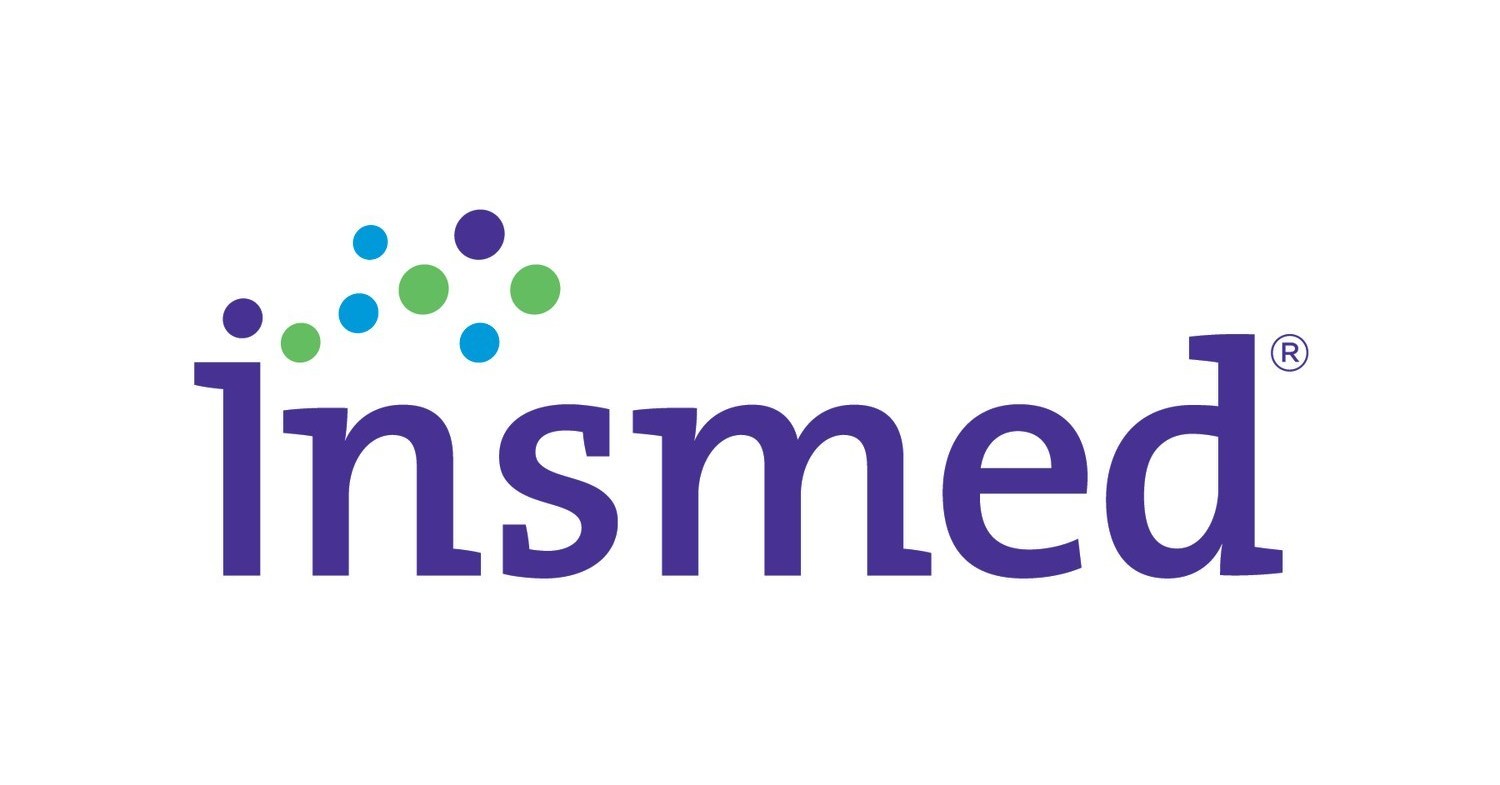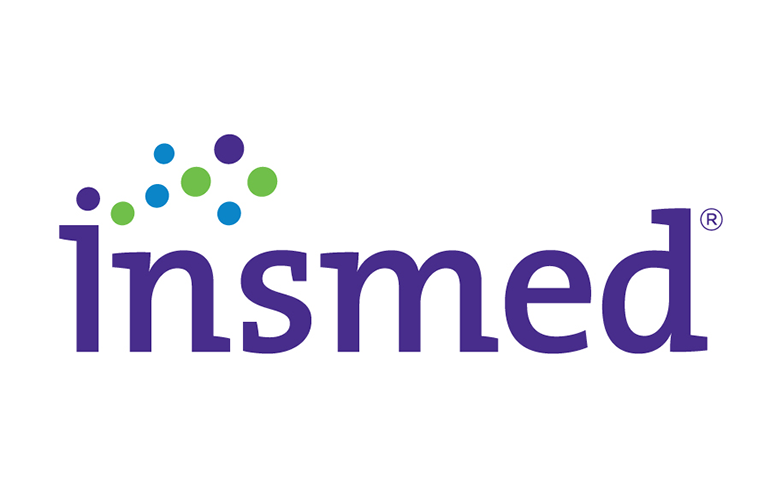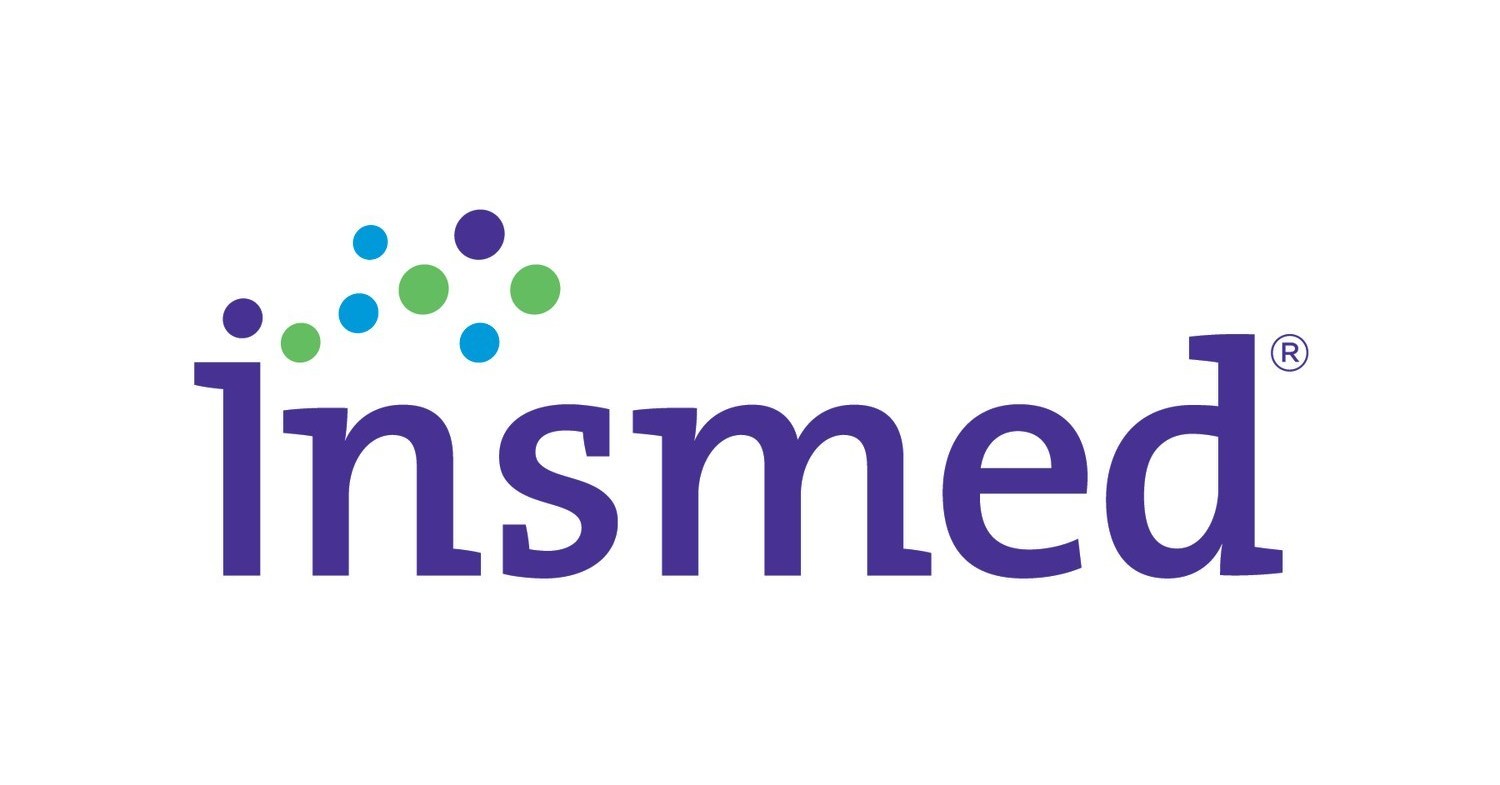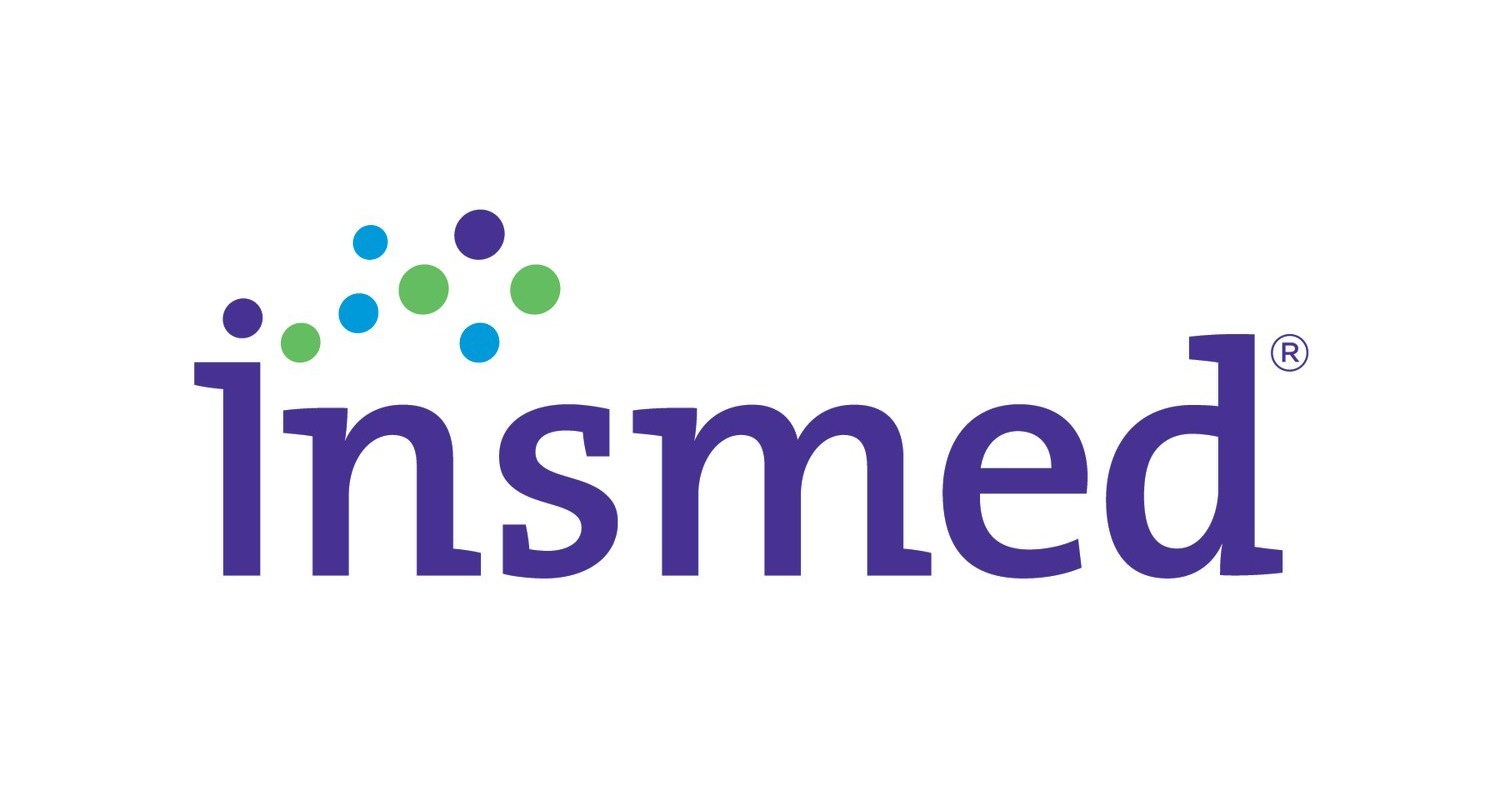Insmed Incorporated's Financial Performance in the Biopharmaceutical Industry

- Insmed Incorporated (NASDAQ:INSM) has a Return on Invested Capital (ROIC) of -46.16% and a Weighted Average Cost of Capital (WACC) of 9.98%, indicating inefficiency in capital utilization.
- Compared to peers, Insmed's ROIC to WACC ratio of -4.63 suggests it is not generating returns that exceed its cost of capital, unlike Halozyme Therapeutics which demonstrates strong capital efficiency.
- Among its competitors, only Halozyme Therapeutics has a positive ROIC, highlighting the challenges within the biopharmaceutical industry in generating returns above the cost of capital.
Insmed Incorporated (NASDAQ:INSM) is a biopharmaceutical company focused on developing therapies for patients with serious and rare diseases. The company's primary activities include research, development, and commercialization of novel therapeutics. In the competitive landscape, Insmed faces peers like Amicus Therapeutics, Cytokinetics, PTC Therapeutics, Ultragenyx Pharmaceutical, and Halozyme Therapeutics.
Insmed's Return on Invested Capital (ROIC) is -46.16%, while its Weighted Average Cost of Capital (WACC) is 9.98%. This results in a ROIC to WACC ratio of -4.63, indicating that Insmed is not generating returns that exceed its cost of capital. This inefficiency in capital utilization is a concern for investors, as it suggests the company is not effectively using its resources to generate profits.
In comparison, Amicus Therapeutics has a ROIC of 7.53% and a WACC of 7.56%, resulting in a ROIC to WACC ratio of 0.996. This indicates that Amicus is nearly breaking even in terms of generating returns relative to its cost of capital. While not highly efficient, it is in a better position than Insmed in terms of capital utilization.
Cytokinetics, with a ROIC of -38.41% and a WACC of 7.97%, has a ROIC to WACC ratio of -4.82. This is similar to Insmed, as both companies show inefficiencies in generating returns above their cost of capital. PTC Therapeutics also has a negative ROIC of -11.12% and a WACC of 6.53%, resulting in a less negative ROIC to WACC ratio of -1.70 compared to Insmed and Cytokinetics.
Ultragenyx Pharmaceutical's ROIC is -45.95% with a WACC of 8.61%, leading to a ROIC to WACC ratio of -5.34. This is close to Insmed's figures, indicating similar challenges in generating returns above the cost of capital. In contrast, Halozyme Therapeutics stands out with a positive ROIC of 22.84% and a WACC of 8.97%, resulting in a ROIC to WACC ratio of 2.55. This demonstrates strong capital efficiency and the ability to generate substantial returns above its cost of capital, making Halozyme a standout among its peers.
| Symbol | Price | %chg |
|---|---|---|
| 000250.KQ | 199400 | -1.05 |
| 298380.KQ | 90100 | 0.11 |
| RICHT.BD | 10270 | -0.1 |
| 237690.KQ | 95400 | 2.52 |

Insmed (NASDAQ:INSM) Upgraded by RBC Capital Following FDA Approval
- RBC Capital upgrades Insmed (NASDAQ:INSM) to "Outperform" with a new price target of $138 following FDA approval of Brinsupri.
- Brinsupri, a treatment for non-cystic fibrosis bronchiectasis (NCFB), shows significant efficacy in Phase 3 and Phase 2 studies, highlighting its market potential.
- Insmed's stock price hits a yearly high of $122.01, reflecting positive investor sentiment and the company's strong market capitalization of approximately $25.79 billion.
On August 12, 2025, RBC Capital upgraded Insmed (NASDAQ:INSM) to "Outperform," with the stock priced at $122. RBC Capital also raised its price target from $120 to $138. Insmed is a biopharmaceutical company focused on developing therapies for serious diseases, and this upgrade reflects positive market sentiment.
The FDA's approval of Insmed's drug, Brinsupri, is a significant milestone. Brinsupri is the first treatment for non-cystic fibrosis bronchiectasis (NCFB), a chronic lung disease affecting about 500,000 people in the U.S. This approval likely contributed to RBC Capital's decision to upgrade Insmed's stock rating.
Brinsupri's approval is based on successful Phase 3 ASPEN and Phase 2 WILLOW studies. The ASPEN study showed a reduction in annual exacerbations by 21.1% for the 10 mg dosage and 19.4% for the 25 mg dosage compared to a placebo. This data underscores the drug's effectiveness and potential market impact.
The stock's current price of $122 represents an 8.07% increase, with a $9.11 change. It has fluctuated between $112.48 and $122.01 today, marking its highest price in the past year. The lowest price in the past year was $60.40, indicating significant growth.
Insmed's market capitalization is approximately $25.79 billion, with a trading volume of 7,193,258 shares today. The company's recent achievements, including Brinsupri's approval, are likely driving investor interest and stock performance.

Insmed Incorporated's Capital Efficiency Compared to Peers
- Insmed Incorporated (NASDAQ:INSM) has a Return on Invested Capital (ROIC) of -46.16%, significantly lower than its Weighted Average Cost of Capital (WACC) of 10.76%, indicating inefficient capital utilization.
- Amicus Therapeutics (NASDAQ:FOLD) shows a more favorable position with a ROIC of 7.53% and a WACC of 7.87%, nearly covering its cost of capital.
- Halozyme Therapeutics (NASDAQ:HALO) stands out with a ROIC of 22.84% and a WACC of 9.26%, suggesting efficient capital utilization and making it an attractive prospect for investors.
Insmed Incorporated (NASDAQ:INSM) is a biopharmaceutical company focused on developing therapies for rare diseases. The company's financial performance is often compared to its peers to gauge its efficiency in utilizing capital. A key metric in this analysis is the Return on Invested Capital (ROIC) compared to the Weighted Average Cost of Capital (WACC). This comparison helps investors understand if the company is generating returns above its cost of capital.
Insmed's ROIC is -46.16%, which is significantly lower than its WACC of 10.76%. This results in a ROIC to WACC ratio of -4.29, indicating that Insmed is not generating sufficient returns to cover its cost of capital. This is a red flag for investors, as it suggests inefficient capital utilization. In contrast, Amicus Therapeutics (FOLD) has a positive ROIC of 7.53% and a WACC of 7.87%, resulting in a ROIC to WACC ratio of 0.96. This shows that Amicus is nearly covering its cost of capital, which is a more favorable position.
Cytokinetics (NASDAQ:CYTK) and PTC Therapeutics (NASDAQ:PTCT) also show negative ROICs of -42.98% and -21.21%, respectively, with WACCs of 9.06% and 10.18%. Their ROIC to WACC ratios are -4.75 and -2.08, respectively, indicating similar challenges in generating returns above their cost of capital. Ultragenyx Pharmaceutical (NASDAQ:RARE) has a ROIC of -45.95% and a WACC of 8.94%, resulting in a ROIC to WACC ratio of -5.14, which is even less favorable than Insmed's.
Halozyme Therapeutics (NASDAQ:HALO) stands out with a ROIC of 22.84% and a WACC of 9.26%, leading to a ROIC to WACC ratio of 2.47. This indicates that Halozyme is generating returns significantly above its cost of capital, suggesting efficient capital utilization. This makes Halozyme an attractive prospect for investors looking for companies with strong capital efficiency.

Insmed Incorporated's Capital Efficiency Compared to Peers
- Insmed Incorporated (NASDAQ:INSM) has a Return on Invested Capital (ROIC) of -46.16%, significantly lower than its Weighted Average Cost of Capital (WACC) of 10.76%, indicating inefficient capital utilization.
- Amicus Therapeutics (NASDAQ:FOLD) shows a more favorable position with a ROIC of 7.53% and a WACC of 7.87%, nearly covering its cost of capital.
- Halozyme Therapeutics (NASDAQ:HALO) stands out with a ROIC of 22.84% and a WACC of 9.26%, suggesting efficient capital utilization and making it an attractive prospect for investors.
Insmed Incorporated (NASDAQ:INSM) is a biopharmaceutical company focused on developing therapies for rare diseases. The company's financial performance is often compared to its peers to gauge its efficiency in utilizing capital. A key metric in this analysis is the Return on Invested Capital (ROIC) compared to the Weighted Average Cost of Capital (WACC). This comparison helps investors understand if the company is generating returns above its cost of capital.
Insmed's ROIC is -46.16%, which is significantly lower than its WACC of 10.76%. This results in a ROIC to WACC ratio of -4.29, indicating that Insmed is not generating sufficient returns to cover its cost of capital. This is a red flag for investors, as it suggests inefficient capital utilization. In contrast, Amicus Therapeutics (FOLD) has a positive ROIC of 7.53% and a WACC of 7.87%, resulting in a ROIC to WACC ratio of 0.96. This shows that Amicus is nearly covering its cost of capital, which is a more favorable position.
Cytokinetics (NASDAQ:CYTK) and PTC Therapeutics (NASDAQ:PTCT) also show negative ROICs of -42.98% and -21.21%, respectively, with WACCs of 9.06% and 10.18%. Their ROIC to WACC ratios are -4.75 and -2.08, respectively, indicating similar challenges in generating returns above their cost of capital. Ultragenyx Pharmaceutical (NASDAQ:RARE) has a ROIC of -45.95% and a WACC of 8.94%, resulting in a ROIC to WACC ratio of -5.14, which is even less favorable than Insmed's.
Halozyme Therapeutics (NASDAQ:HALO) stands out with a ROIC of 22.84% and a WACC of 9.26%, leading to a ROIC to WACC ratio of 2.47. This indicates that Halozyme is generating returns significantly above its cost of capital, suggesting efficient capital utilization. This makes Halozyme an attractive prospect for investors looking for companies with strong capital efficiency.

Insmed Incorporated's Financial Performance and Competitive Landscape
Insmed Incorporated (NASDAQ:INSM) is a biopharmaceutical company focused on developing therapies for patients with serious and rare diseases. The company's primary focus is on respiratory diseases, with its lead product being Arikayce, designed to treat lung infections. Insmed operates in a competitive landscape alongside companies like Amicus Therapeutics, Cytokinetics, PTC Therapeutics, Ultragenyx Pharmaceutical, and Halozyme Therapeutics.
In evaluating Insmed's financial performance, the Return on Invested Capital (ROIC) is a critical metric. Insmed's ROIC is -46.16%, which is significantly lower than its Weighted Average Cost of Capital (WACC) of 10.66%. This negative ROIC indicates that Insmed is not generating returns above its cost of capital, suggesting that the company is not currently creating value for its investors.
Comparatively, Amicus Therapeutics (FOLD) has a ROIC of 7.53% and a WACC of 7.79%, resulting in a ROIC to WACC ratio of 0.97. This indicates that Amicus is close to breaking even in terms of capital utilization. Meanwhile, Cytokinetics (CYTK) has a ROIC of -42.98% and a WACC of 9.00%, with a ROIC to WACC ratio of -4.78, showing similar challenges to Insmed in generating sufficient returns.
PTC Therapeutics (PTCT) and Ultragenyx Pharmaceutical (RARE) also face difficulties, with ROIC to WACC ratios of -2.07 and -5.18, respectively. These figures highlight the challenges these companies face in generating returns that exceed their cost of capital. However, Halozyme Therapeutics (HALO) stands out with a ROIC of 22.84% and a WACC of 9.16%, resulting in a ROIC to WACC ratio of 2.49, indicating effective capital utilization and value creation.

Insmed Incorporated's Financial Performance and Competitive Landscape
Insmed Incorporated (NASDAQ:INSM) is a biopharmaceutical company focused on developing therapies for patients with serious and rare diseases. The company's primary focus is on respiratory diseases, with its lead product being Arikayce, designed to treat lung infections. Insmed operates in a competitive landscape alongside companies like Amicus Therapeutics, Cytokinetics, PTC Therapeutics, Ultragenyx Pharmaceutical, and Halozyme Therapeutics.
In evaluating Insmed's financial performance, the Return on Invested Capital (ROIC) is a critical metric. Insmed's ROIC is -46.16%, which is significantly lower than its Weighted Average Cost of Capital (WACC) of 10.66%. This negative ROIC indicates that Insmed is not generating returns above its cost of capital, suggesting that the company is not currently creating value for its investors.
Comparatively, Amicus Therapeutics (FOLD) has a ROIC of 7.53% and a WACC of 7.79%, resulting in a ROIC to WACC ratio of 0.97. This indicates that Amicus is close to breaking even in terms of capital utilization. Meanwhile, Cytokinetics (CYTK) has a ROIC of -42.98% and a WACC of 9.00%, with a ROIC to WACC ratio of -4.78, showing similar challenges to Insmed in generating sufficient returns.
PTC Therapeutics (PTCT) and Ultragenyx Pharmaceutical (RARE) also face difficulties, with ROIC to WACC ratios of -2.07 and -5.18, respectively. These figures highlight the challenges these companies face in generating returns that exceed their cost of capital. However, Halozyme Therapeutics (HALO) stands out with a ROIC of 22.84% and a WACC of 9.16%, resulting in a ROIC to WACC ratio of 2.49, indicating effective capital utilization and value creation.

Insmed Incorporated's Financial Performance in the Biopharmaceutical Industry
- Insmed Incorporated (NASDAQ:INSM) has a Return on Invested Capital (ROIC) of -46.16% and a Weighted Average Cost of Capital (WACC) of 9.98%, indicating inefficiency in capital utilization.
- Compared to peers, Insmed's ROIC to WACC ratio of -4.63 suggests it is not generating returns that exceed its cost of capital, unlike Halozyme Therapeutics which demonstrates strong capital efficiency.
- Among its competitors, only Halozyme Therapeutics has a positive ROIC, highlighting the challenges within the biopharmaceutical industry in generating returns above the cost of capital.
Insmed Incorporated (NASDAQ:INSM) is a biopharmaceutical company focused on developing therapies for patients with serious and rare diseases. The company's primary activities include research, development, and commercialization of novel therapeutics. In the competitive landscape, Insmed faces peers like Amicus Therapeutics, Cytokinetics, PTC Therapeutics, Ultragenyx Pharmaceutical, and Halozyme Therapeutics.
Insmed's Return on Invested Capital (ROIC) is -46.16%, while its Weighted Average Cost of Capital (WACC) is 9.98%. This results in a ROIC to WACC ratio of -4.63, indicating that Insmed is not generating returns that exceed its cost of capital. This inefficiency in capital utilization is a concern for investors, as it suggests the company is not effectively using its resources to generate profits.
In comparison, Amicus Therapeutics has a ROIC of 7.53% and a WACC of 7.56%, resulting in a ROIC to WACC ratio of 0.996. This indicates that Amicus is nearly breaking even in terms of generating returns relative to its cost of capital. While not highly efficient, it is in a better position than Insmed in terms of capital utilization.
Cytokinetics, with a ROIC of -38.41% and a WACC of 7.97%, has a ROIC to WACC ratio of -4.82. This is similar to Insmed, as both companies show inefficiencies in generating returns above their cost of capital. PTC Therapeutics also has a negative ROIC of -11.12% and a WACC of 6.53%, resulting in a less negative ROIC to WACC ratio of -1.70 compared to Insmed and Cytokinetics.
Ultragenyx Pharmaceutical's ROIC is -45.95% with a WACC of 8.61%, leading to a ROIC to WACC ratio of -5.34. This is close to Insmed's figures, indicating similar challenges in generating returns above the cost of capital. In contrast, Halozyme Therapeutics stands out with a positive ROIC of 22.84% and a WACC of 8.97%, resulting in a ROIC to WACC ratio of 2.55. This demonstrates strong capital efficiency and the ability to generate substantial returns above its cost of capital, making Halozyme a standout among its peers.







